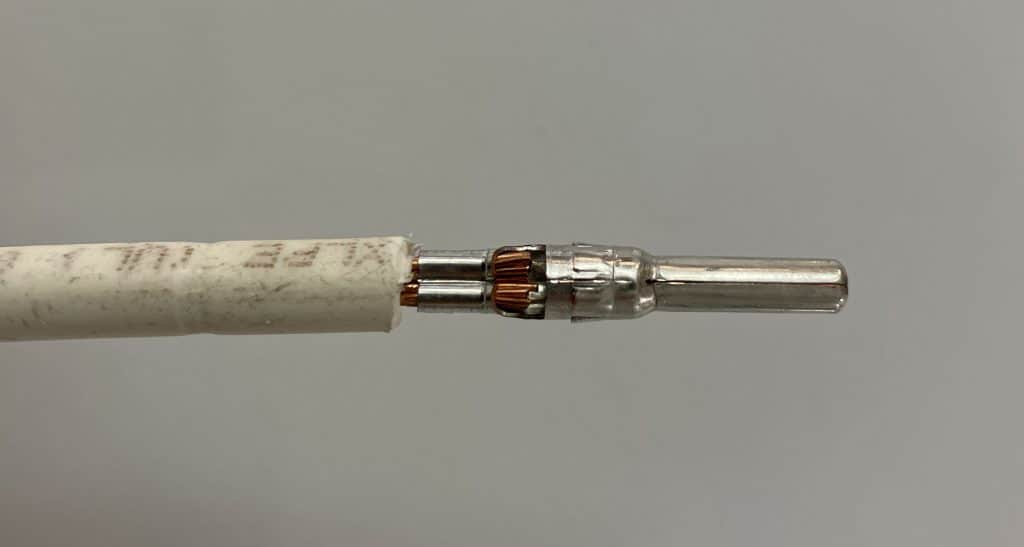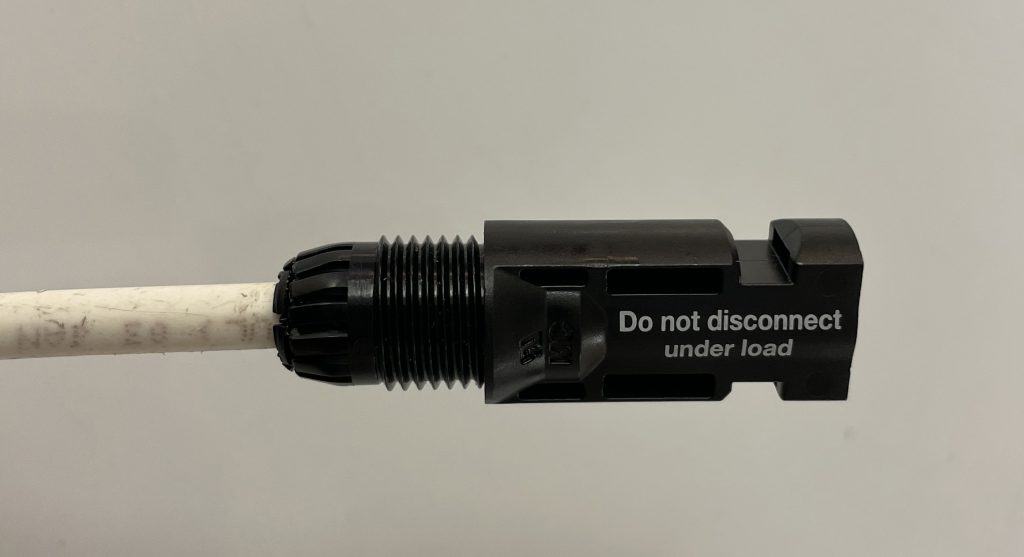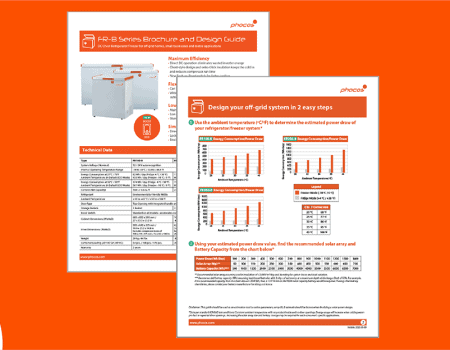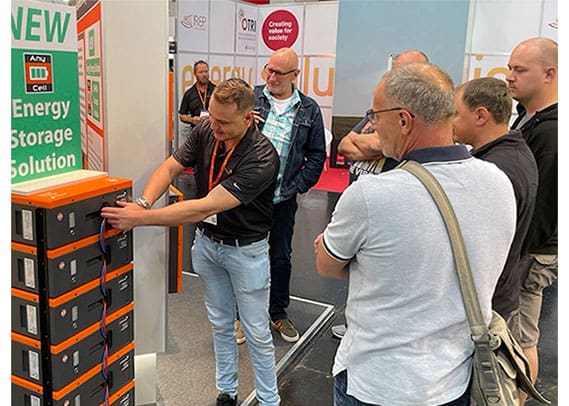
When customers invest in their energy independence, choosing quality products that last is typically the goal. Phocos believes consumers deserve to experience the product performance promised at the time of purchase. The last thing any customer wants to do is make an error during installation that may compromise their investment and force an unexpected disruption to their stable power.
For customers choosing the popular Any-Grid Hybrid Inverter Charger Series, the engineering team at Phocos is eager to assist, to help customers reach their goals to optimize the performance of their hybrid inverter investment. First and foremost, there is no substitution for reading a product user manual, especially when working with electricity. The Any-Grid PSW-H is very flexible and can be configured into a solution with many different options, so reading the user manual is the #1 priority to truly protect one’s investment. That said, in this blog 7 specific scenarios will be highlighted to be sure solar installers and DIYers avoid user errors that can lead to product failure. Following installation best practice instructions will provide a successful installation and energy security for years to come.
7 Tips to Avoid Common Installation Errors:
1. Not checking to make sure the inverter is completely de-energized with a multimeter before tightening screws at any of the terminals (AC-input, AC-output, PV, battery terminals)
If the unit is not completely de-energized and a screwdriver happens to touch the terminal housing during service/installation, this could result in a short circuit, damaging your hybrid inverter. It is good practice to use a proving unit on your multimeter, then check to confirm a zero reading from the inverter before performing ANY work on your unit. This may save the Any-Grid Hybrid Inverter and even your life!

2. MC4 vs. MC4 ‘compatible’ – These should not be treated as equal
It is extremely important for customers to verify all connectors used are standard MC4 connectors (if MC4 is the brand chosen for the system design). Best installation practices define all Installers should not mix different types of connectors in one system installation. There are countless 3rd party manufacturers that make MC4 ‘compatible’ connectors, but often these are not made to the same standards as a standard MC4 connector. Not following this instruction can lead to very serious consequences, such as increased resistance that eventually leads to arc faults, over-heating and, in some cases, fires.




3. Crimping MC4 connectors
When crimping MC4 connectors on site, it is extremely important for this to be done by a trained professional or at least consult with one that can be present during the process. The right crimping tools and experience are important to have because failure to make these connections correctly can lead to arc faults. For example, if a connection was not crimped correctly and one goes to connect it, it will not seat properly. This becomes a point of higher resistance. This may lead to melting the connector and causing an arc fault or, in some cases, a fire. Take this step seriously, as this is a very common point of failure in a PV system installation.
Alternatively, if you do not have a crimping tool, it is possible to buy pre-crimped extension wires already equipped with MC4 connectors on both ends. When buying this option, make sure once again standard MC4 connectors are used (as noted in item 2).



(without terminal cover)
4. The lack of an SPD (Surge Protective Device) or choosing an incorrect SPD
It is important to make sure your system design has a correctly sized SPD integrated into the power system. Watch this helpful video reviewing the importance of an SPD and how to size it in greater detail. The video is very short and is worth your time to avoid problems that are simple to avoid.
5. Using an incorrect battery charging profile for your battery bank
It is important to recognize the charging profile of a lead acid battery is sometimes different than that of a lithium-ion battery. Because of this, if you are using a lithium battery bank, you must set your charging profile, in menu 05, to “user defined” and enter the correct parameters called out by your battery manufacturer’s data sheet. If you are unsure about how to do this, please reach out to your dealer or Phocos to walk you through the process.
Alternatively, the “AGM” setting may also fit your particular (lithium) battery. Simply check the battery data sheet and compare the required voltages to the corresponding presets of the AGM charging profile in the Any-Grid PSW-H manual. Even when using a lead-acid battery, make sure the battery type selected on the PSW-H display corresponds to the values given on the battery data sheet.
6. Reverse polarity
Before commissioning a solar system, it is extremely important to double check the AC, PV and battery leads are in the correct terminal. Reverse polarity will damage the PSW-H.
7. Incorrect grounding
Proper grounding of a PV system is important because it is the “eyes” of your RCD (residual current device) and GFCI (ground fault circuit interrupter). The RCD protects users of electrical loads from electrical shocks. The GFCI detects when there is a ground fault somewhere in your solar system and shuts the system down to prevent any harm/damage to anyone or anything.
Today we are seeing more equipment with a UL2703 rating, which allows for bonding of equipment and grounding at one point. This is a very efficient update that is worth researching.
For the AC grounding, also make sure the ground and neutral wires have the same potential. It is not permissible to connect the neutral terminals of the PSW-H to any phase.
Grounding on the PV wires will damage the Any-Grid PSW-H. It is only permissible to ground the PV structure and not the positive or negative PV wires. For the battery, either the positive or negative terminal may be grounded.
Once again, Phocos encourages all end-users and solar installers to strictly follow best practice installation recommendations per the Any-Grid PSW-H product manual. To learn more, recorded webinars for the Phocos Any-Grid Hybrid Inverter Charger Series can be found in our video library. Thank you for choosing Phocos, as it is our privilege to be part of your energy independence goals. Our engineering team is also available to answer any further questions prior to installation by using this link.












